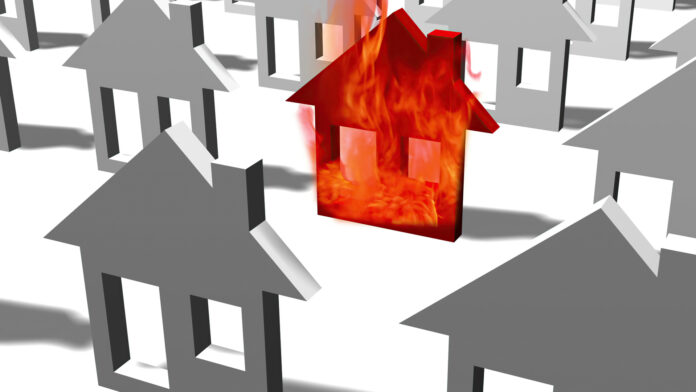Podcast: Download
6. Monitor the New Construction starts in the areas you sell.
NewHomeSource.com can help you with this but you can simply Google ‘New homes in __zipcode__ and change your zipcodes until you find what’s going on. Who’s building what and where? SOME MLS’s list new construction, some don’t and even if you have it in your MLS it won’t have ALL the new construction so you still need to do your own homework. According to a report out this week, new housing starts are up by 19.4% year over year, which is the highest level since 2006. When you see more homes being built, your market may be adjusting because supply will start to meet demand.
Join Tim and Julie Harris on their 2021 US Real Estate Tour. Are they headed to your town? Click here for the interactive map:
https://timandjulieharris.com/road-trip.html
What is the definition of a BALANCED Market?
We’ll look at 7 indicators so you’ll know it when you see it. Warning: Point #2 is pretty analytical, so get your pencils sharpened.
Currently we have a Seller’s Market: There is more demand than supply. This causes multiple offers, over listing price sales and not enough choices for buyers.
In a Buyer’s market, it’s the opposite. That’s what we had during the Great Recession and the Housing Crash from 2007-2012.
So what’s a Balanced Market?
Economists, NAR and analysts define this most simply as : when supply and demand are equal. Here are seven ways to tell when this has happened:
1. Prices remain stable or grow modestly, usually in sync with inflation, ranging somewhere between 3-8% per year, NOT what we’ve seen lately with between 12 and 24% year over year.
2. Economists agree that a 6 month supply of homes indicates a balanced market, and that when inventory grows to more than 6 months, it becomes a buyer’s market, less than a 6 month supply means it’s a seller’s market.

























